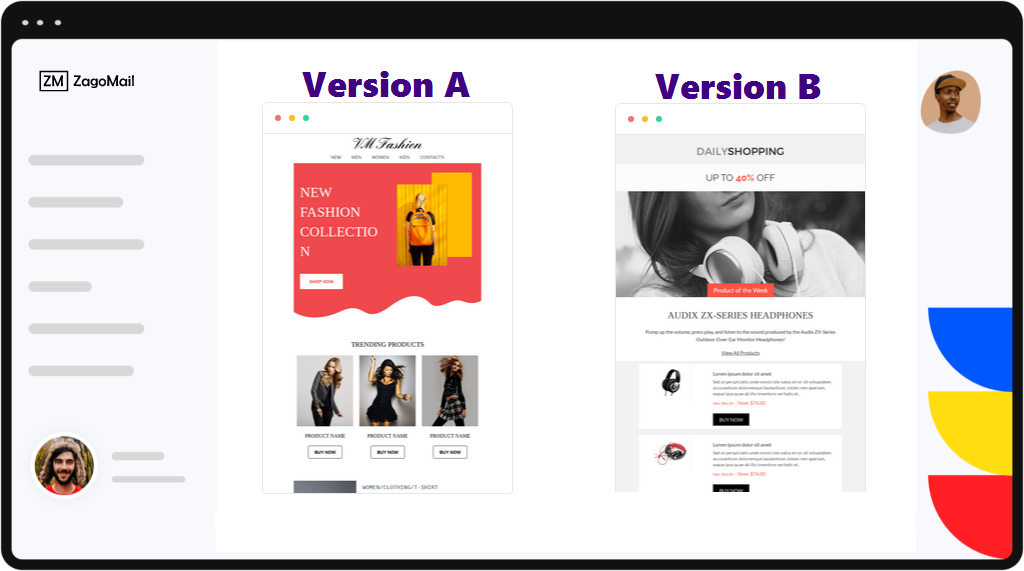Simple A/B tests include sending multiple subject lines to see which one produces the most opens, while more advanced A/B tests include comparing fully different email templates to see which one generates the most click-throughs.
A/B testing your campaigns is simple with email solutions like Campaign Monitor since you can use the email builder to generate two different copies of your email and it will automatically send it to two different subsets of your list to determine which one works best.
Here are three A/B testing numbers to assist you see the relevance of A/B testing your emails if you only consider empirical data.
1. On split testing, brands are split
A staggering 39% of businesses do not test their broadcast or segmented emails.
You and your email marketing plan have a lot more to do with this than you might believe.
This is significant since it shows that you have a competitive advantage over brands who do not test their emails. Their campaigns aren’t performing to their full potential because they don’t A/B test.
You can ensure that your emails are performing at their best by A/B testing them.
2. Small changes can have a tremendous impact
One thing to keep in mind while A/B testing your emails is that little changes can make a big effect.
When an email provider decided to test the effects of sending emails with a customized sender name rather than a generic company name, they received some surprising findings. While these may appear to be modest numbers, this small increase resulted in a gain of 131 leads.
What should I look into?
You may test practically any part of your email marketing campaigns using email marketing tools to optimize the results. Here are some suggestions to get you started:
Subject headings
When read in the inbox, the subject line is one of the most visible aspects of your campaign. The subject line is styled with darker, bolder type on most devices to help it stand out amid the other email details.
The order of the words
The order in which the words in your email subject line are written and interpreted can have an impact on how people read and interpret them, and hence on your email open rate.
Consider the following two examples of email subject lines:
The reward of opening the email is included at the beginning of the subject line in the second variation. Because English-speaking subscribers read from left to right, this emphasizes the value readers will receive from opening the email, potentially increasing open rates.
Consider testing the order of the terms in your subject line the next time you’re sending an email campaign to see whether front-loading the benefit can help increase open rates.
Content
If your email has numerous pieces of information (such as a newsletter), using different bits of content as the subject line might help you boost your open rates and understand what types of content your audience responds to.





